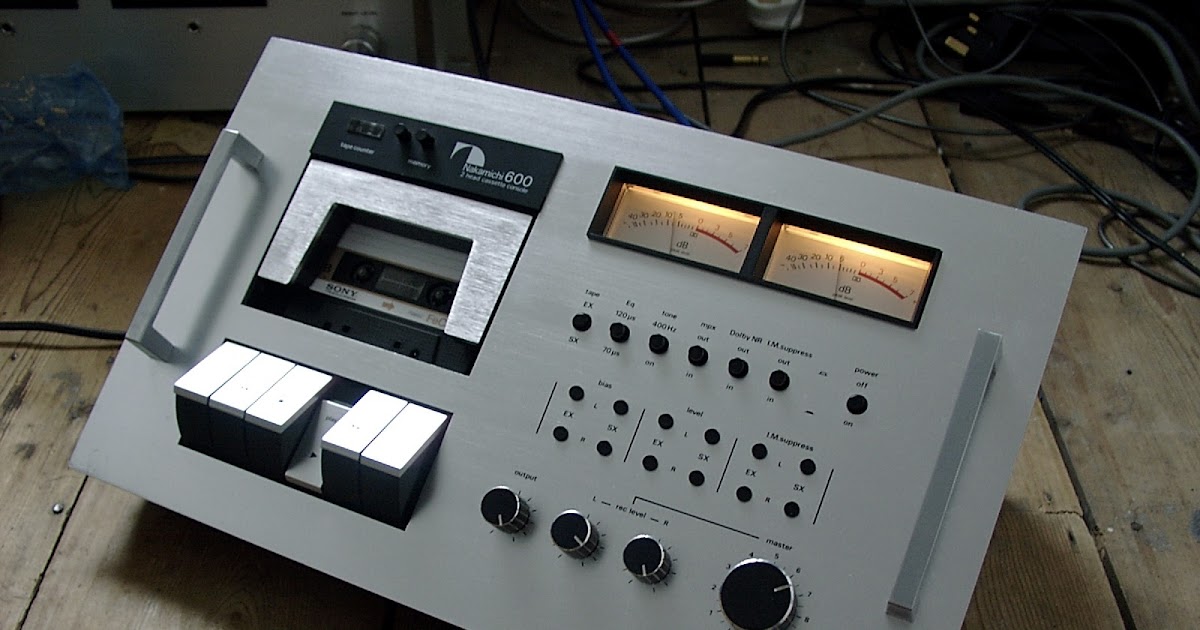For 1974, Sony’s exorbitantly priced TC-177SD was a striking offering. It was dubbed “the most complex cassette deck ever built,” and it had three heads, which Yamaha’s beautiful ‘ski-slope’ TC-800GL lacked. This was originally the exclusive domain of open reel, and allowed for ‘off-tape monitoring,’ which allowed you to hear your recording while it was being recorded. It meant that calibrating the deck to any tape was simple, and you were no longer bound by the formulation the deck had been set up for.
More than that, the big new Sony had dual capstans – another open reel-inspired innovation – for improved speed stability, as well as the (at the time) unique option of solenoid control for tape transport. This prevented you from going straight into fast rewind mode from play mode, causing the tape to be damaged. It also incorporated Dolby B noise reduction, which was typical fare for serious cassette decks at the time, adding 9dB to the signal-to-noise ratio and bringing it close to open-reel quiet levels. Users can calibrate different cassettes for sensitivity using the built-in 400 Hz oscillator.
The Ferrite and Ferrite record/replay and ease heads were very outstanding. This was a very durable material that was significantly less prone to wear than the usual ‘Permalloy.’ The discrete record/replay head was a work of art, with perfectly tuned gaps of 0.007mm and 0.0009mm, allowing for a frequency range of 20Hz to 20kHz, which was groundbreaking at the time. Sony F&F heads operate just as well today as they did when they were first introduced forty years ago.
The TC-177SD was a stunningly expensive car when it was first released, costing £381 — less than half the price of a Mini 850! But for all those dollars, you got a lovely battleship; this machine is heavy, huge, and beautifully built. The solenoid transport has a firmness that is often only found on high-end open reels. The electronics within is extremely complicated, and the 50W power usage is mostly due to a large, bulky AC synchronous motor. The deck’s four-year-old vinyl “wood-look” wrap appears ancient now, but it was the height of vogue at the time.
Needless to say, it’s a fantastic sounding machine, with a powerful bass, clear midband, and extended treble – especially when using Sony’s best FerriChrome (FeCr) tape. However, you can tell you’re listening to an early cassette machine because it lacks the brilliant clarity of a deck running metal tape in the early 1990s, for example. If you’re lucky enough to find one, it’s a fantastic curio that’s unreasonably inexpensive secondhand. The primary concern is its condition; any equipment this old will almost certainly require service, which will not be inexpensive. Best of luck on your journey!






